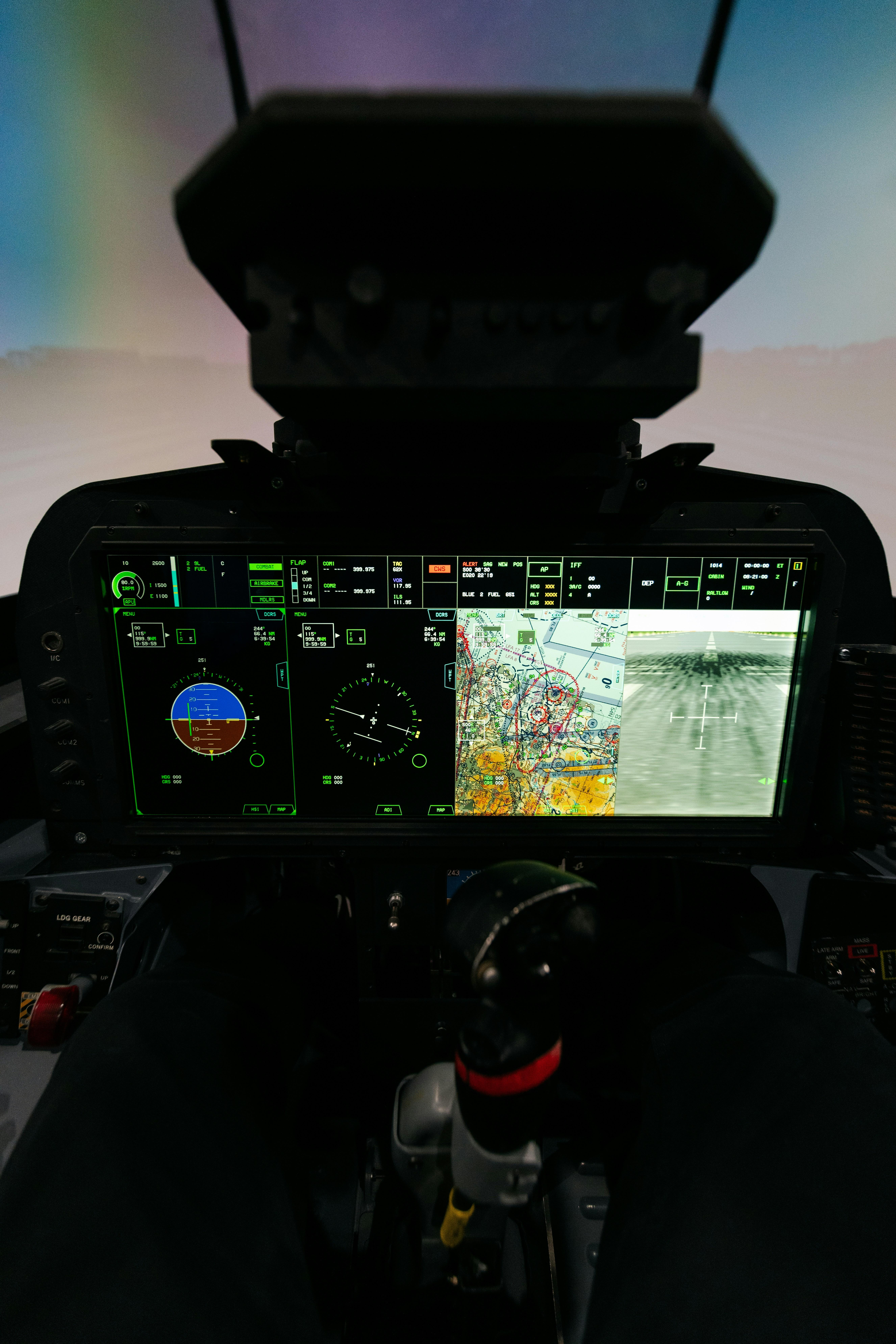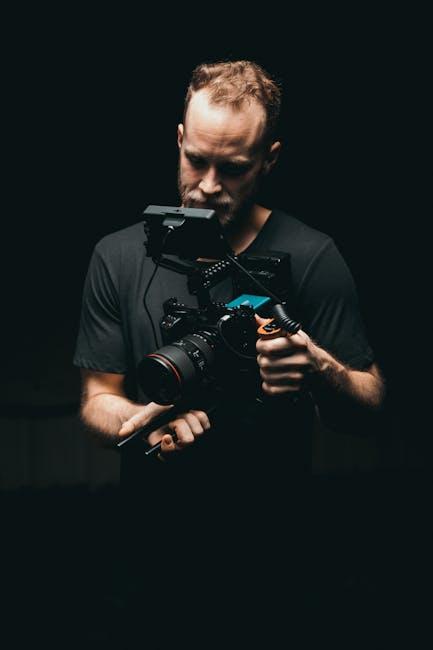In the ever-evolving landscape of cinema, certain directors stand out not merely for their box office successes but for their indelible contributions to the art form. These visionaries push boundaries, challenge conventions, and reshape narratives, leaving a lasting impact on both audiences and the industry itself. This article delves into the profiles of such directors, examining the unique elements they bring to filmmaking. Through an analytical lens, we explore how their distinctive approaches and innovative techniques have redefined storytelling, influenced cinematic trends, and enriched the cultural tapestry of film. Join us as we uncover the artistry and ingenuity behind these exceptional cinematic architects.
Exploring Visionary Techniques: Analyzing Directors Signature Styles
Delving into the realm of cinematic artistry, directors often wield a distinct set of techniques that become their hallmark, crafting an indelible mark on the film industry. Visionary directors utilize a blend of stylistic choices that transcend traditional storytelling, transforming each frame into a signature canvas. Consider the meticulously choreographed sequences of Wes Anderson, where symmetry and color palettes create a whimsical yet structured world, or the dynamic, single-take shots of Alfonso Cuarón, immersing audiences in an uninterrupted, visceral experience.
- Quentin Tarantino: Revered for his non-linear narratives and stylized violence, Tarantino’s films are a homage to pop culture and genre subversion.
- Sofia Coppola: Known for her ethereal visuals and introspective storytelling, Coppola captures the nuance of alienation and identity with a delicate touch.
- Christopher Nolan: Master of intricate plots and philosophical themes, Nolan’s work often explores time, memory, and reality with a cerebral intensity.
These directors, among others, have honed their craft by employing innovative techniques that challenge conventional filmmaking, continually pushing the boundaries of narrative and visual expression. Their unique contributions not only define their personal style but also inspire a new generation of filmmakers to explore the limitless potential of the medium.

Impactful Narratives: How Directors Shape Storytelling Dynamics
Directors wield a unique power in shaping the storytelling dynamics of a film, crafting narratives that resonate on multiple levels. Their influence can be seen in the way they interpret scripts, direct actors, and construct visual aesthetics. The mastery of directors like Alfonso Cuarón and Greta Gerwig showcases how they redefine storytelling through their distinctive approaches. Cuarón, known for his immersive long takes and attention to detail, creates worlds that are both expansive and intimate, inviting audiences to experience stories from within. Gerwig, on the other hand, uses her nuanced understanding of character and dialogue to bring authenticity and depth to her films, often highlighting the intricacies of personal relationships and identity.
- Alfonso Cuarón: Renowned for films like Gravity and Roma, he combines technical innovation with emotional storytelling.
- Greta Gerwig: With works such as Lady Bird and Little Women, she crafts narratives that explore human connections with empathy and realism.
These directors exemplify how the art of directing is not just about telling a story, but about transforming it into a living, breathing experience that lingers with the audience long after the credits roll.

Innovative Cinematic Tools: The Role of Technology in Directorial Success
In the ever-evolving landscape of cinema, directors who harness cutting-edge technology often find themselves at the forefront of the industry. James Cameron, for instance, has been a pioneer in utilizing 3D technology, pushing the boundaries with films like “Avatar.” His work showcases how immersive environments can be crafted through advanced visual effects, setting new standards for audience engagement.
Christopher Nolan stands out with his innovative use of IMAX cameras and practical effects. Nolan’s commitment to high-resolution film formats creates an unparalleled visual experience, allowing viewers to dive deep into his meticulously crafted worlds. Directors who embrace such technological advancements often find their storytelling capabilities enhanced, leading to both critical and commercial success.
- 3D Technology – Pioneered by James Cameron.
- IMAX and Practical Effects - Mastered by Christopher Nolan.

Guiding the Future: Recommendations for Aspiring Filmmakers
For those stepping into the world of filmmaking, embracing a blend of innovation and tradition is crucial. Aspiring directors should look to pioneers who have not only shaped the cinematic landscape but have also challenged its boundaries. Here are some key strategies inspired by these trailblazers:
- Embrace Diverse Narratives: Directors like Ava DuVernay have shown the power of storytelling through diverse lenses. Prioritize authentic voices and stories that reflect varied experiences.
- Innovate with Technology: Visionaries such as James Cameron have harnessed cutting-edge technology to redefine cinematic experiences. Stay abreast of technological advancements and consider how they can enhance your storytelling.
- Build a Signature Style: Filmmakers like Wes Anderson are celebrated for their distinctive visual and narrative style. Cultivate a unique aesthetic that resonates with your personal vision.
- Collaborate Creatively: Successful directors often thrive on collaboration. Engage with a diverse team of creatives to bring fresh perspectives and ideas to your projects.
By drawing inspiration from these icons, aspiring filmmakers can forge a path that is both innovative and impactful, contributing to the ever-evolving art of cinema.

